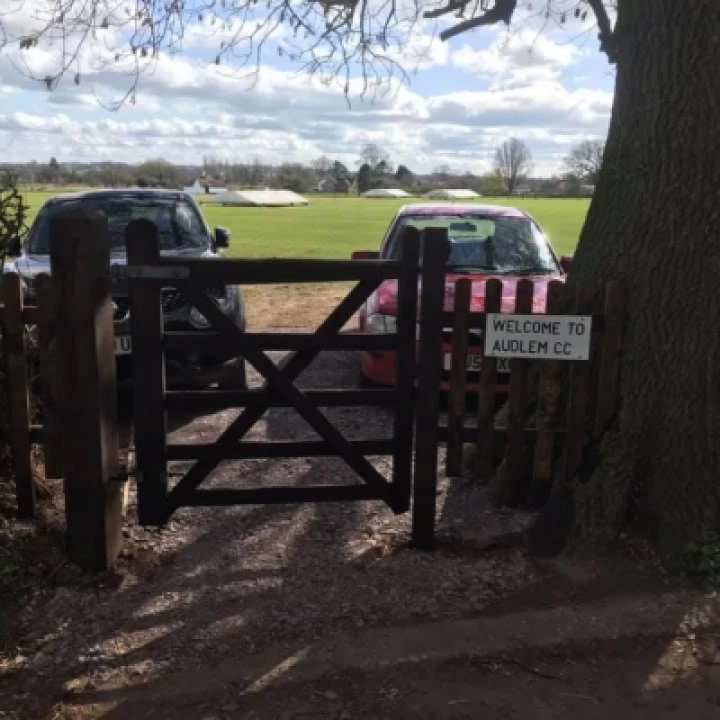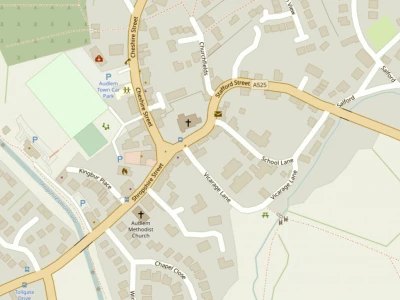







On June 4th 1989 the Tiananmen Square protests were violently ended in Beijing by the Chinese People's Liberation Army, with at least 241 killed that day.
Set against a backdrop of rapid economic development and social changes in post-Mao China, the protests reflected anxieties about the country's future in the popular consciousness and among the political elite. The reforms of the 1980s had led to a nascent market economy which benefited some people but seriously disaffected others; the one-party political system also faced a challenge of legitimacy. Common grievances at the time included inflation, limited preparedness of graduates for the new economy, and restrictions on political participation. The students called for democracy, greater accountability, freedom of the press, and freedom of speech, though they were loosely organised and their goals varied. At the height of the protests, about a million people assembled in the Square.
As the protests developed, the authorities veered back and forth between conciliatory and hard-line tactics, exposing deep divisions within the party leadership. By May, a student-led hunger strike galvanised support for the demonstrators around the country and the protests spread to some 400 cities. Ultimately, China's paramount leader Deng Xiaoping and other Communist Party elders believed the protests to be a political threat, and resolved to use force.
Communist Party authorities declared martial law on May 20th, and mobilised as many as 300,000 troops to Beijing. The troops ruthlessly suppressed the protests by firing at demonstrators with automatic weapons, killing hundreds of protesters and leading to mass civil unrest in the days following, until the final, violent quashing of the protests on June 4th.
On the morning of June 5th an unidentified man stood in front of a column of tanks on the square. As the lead tank manoeuvred to pass by the man, he repeatedly shifted his position in order to obstruct the tank's attempted path around him. The incident was filmed and seen worldwide. There were only a few sources who caught the incident on tape.
More than 28 years after the incident, there is no reliable information about the identity or fate of the man who has come to be known as 'Tank Man'. The story of what happened to the tank crew is also unknown.
During the protests on the square up 10,500 civilian deaths have been estimated. To this day the very existence of the protests, military response as well as the deaths involved is censored in China.
This article is from our news archive. As a result pictures or videos originally associated with it may have been removed and some of the content may no longer be accurate or relevant.
Get In Touch
AudlemOnline is powered by our active community.
Please send us your news and views using the button below:
Email: editor@audlem.org


